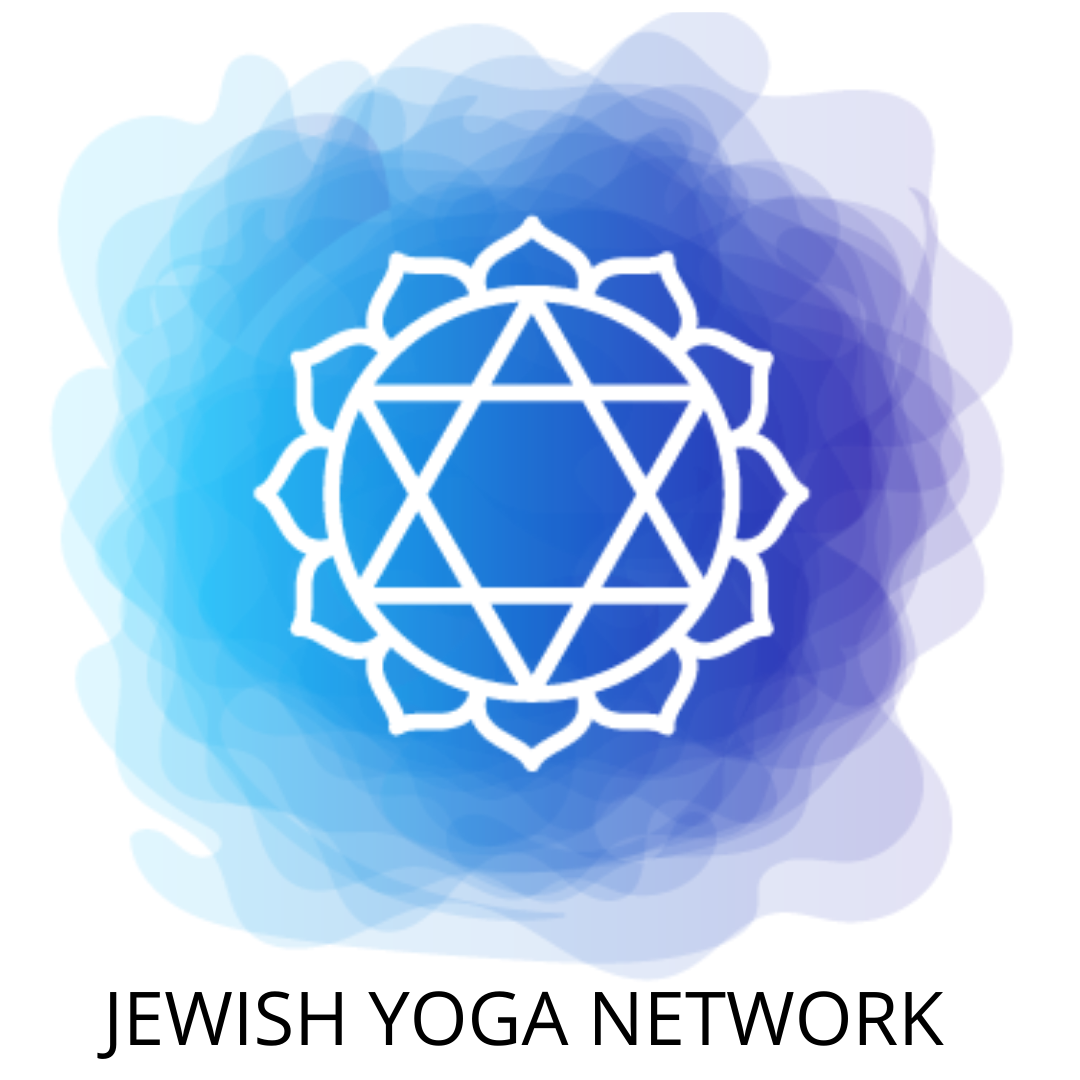Mussar Yoga book review
WHAT DO YOGA AND MUSSAR—TWO POWERFUL SPIRITUAL TOOLS—HAVE IN COMMON?
As we continue to explore the conversation between Jewish wisdom and our physical body, the “Jewish Yoga” market continues to expand. The publication of Edith Brotman’s book Mussar Yoga – Blending an Ancient Jewish Spiritual Practice with Yoga to
Transform Body and Soul (Jewish Lights / July 2014) takes the bold move of pairing yogic practice with Mussar, with expansive results. The book is organised around 13 chapters that each address different character traits, including Humility, Order, Nonjudgment, Zeal and Simplicity. We are taken through a yogic tour by Edith Brotman on how to self-improve these traits through asana and vinyasa.
The book provides an easy-to-use structure. Mussar is not an obvious area of Torah study to match with yoga practice, as it is traditionally a stricter form of Jewish teaching, primarily around character refinement. An early mention of Mussar is made by King Solomon when he wrote “Listen, my son, to your father’s instruction (Mussar Avicha) and do not forsake your mother’s teaching (Torat Imecha)” (Proverbs 1:8). Mussar Yoga offers yoga practice as a basis for this character refinement, in keeping with the spirit of classic yogic texts such as the Hatha Yoga Pradipika.
The Mussar movement gained speed in 19th Century Eastern Europe, often associated with refining character traits (middot) so that our body is a worthy and clear vessel to house our soul. Mussar Yoga made me think of both the teachings of Rabbi Moshe Chaim Luzzato in The Gates of the Just (Mesilat Yesharim) and of the late yogic guru BKS Iyengar, whose highly disciplined teaching style would certainly be well suited to followers of the Mussar movement.
We might take the first-ever Mussar Yoga lesson directly from Rabbi Yisroel Salanter (1819-1883), who in his Iggeret HaMussar www.aishdas.org/igeresHamussar.pdf (Letter of Instruction) wrote that “The two aspects of man, the physical and the animal, are in accordance with the two components of man’s creation – his body and soul”. The bodily aspects are apparent to the physical eye, whereas the aspects of the soul are known only from the functioning of the body. The strategies and designs to maintain the soul within the body are focused exclusively on the body”. From this we might consider how all of our physical yogic practice is directly integrated with our soul: this idea is frequently alluded
to in classics such as the Yoga Sutras and The Bhagavad Gita.
Mussar Yoga has an easy-to-read approach that is not dependent on any prior study of Jewish texts. There are photographs that clearly introduce the poses and an easy course of study and practice. Stand up straight in all your ways!
**
Marcus J Freed is former President of The Jewish Yoga Network and author of The Kosher Sutras: The Jewish Way in Yoga & Meditation (www.amazon.com/The-Kosher-Sutras-Marcus-Freed/dp/1624075886).
Mussar Yoga – Blending an Ancient Jewish Spiritual Practice with Yoga to
Transform Body and Soul
